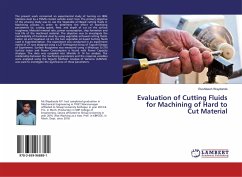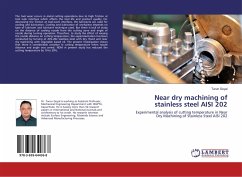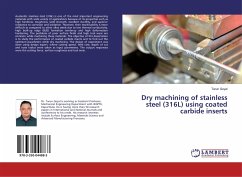Cutting fluids provide cooling at the cutting tool and on the surface of work piece, lubricate the tool-workpiece interface and evacuate chips from the cutting zone in the machining processes. The primary reason for using cutting fluid is to reduce the temperature at cutting zone and friction wear either through cooling or lubrication. To maximize the efficiency of cutting fluids in machining processes the knowledge of machining conditions and cutting fluid types are critically important. However, misemploy of the cutting fluid and non efficient method of disposal can raise health issues and environmental impact. In this paper, an attempt has been made to provide overview of cutting fluids type, cooling techniques and main alternatives as dry machining, cryogenic cooling, minimum quantity lubrication and hybrid cooling minimizing use of cutting fluids.critical analysis of dry machining for different conventional machining operations for variety of industrial material is still missing for establishing dry machining as sustainable process for industrial applications.
Bitte wählen Sie Ihr Anliegen aus.
Rechnungen
Retourenschein anfordern
Bestellstatus
Storno








